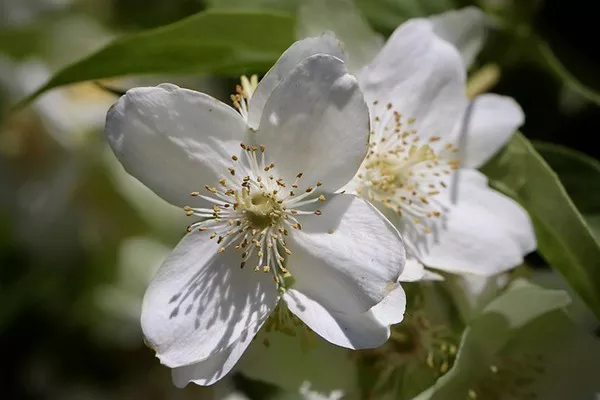Botanists and biologists from various Italian institutions have illuminated the potential of herbaria—collections of dried plants created by enthusiasts—to trace changes in plant life over centuries. Published in the Royal Society Open Science journal, the study compared plant samples from herbaria crafted by Ulisse Aldrovandi, Girolamo Cocconi, and Emilia-Romagna, who compiled their collections during different periods.
Herbaria, where dried plants are pressed onto book pages for preservation, provide valuable information about the plant, including its name and origin. The research team demonstrated that comparing herbaria collections spanning extended timeframes in a specific region enables tracking changes in plant life influenced by climate variations.
The study focused on herbarium collections from the hillsides of Bologna, Italy. Ulisse Aldrovandi’s herbarium contained samples from 1551 to 1586, Girolamo Cocconi’s from 1883, and Emilia-Romagna’s from 1965 to 2021. By analyzing these collections, the researchers discerned shifts in plant populations and diversity, along with the disappearance of certain species. Notably, motherwort, once abundant, no longer thrives in the region. Although the total number of species has increased over centuries, the researchers observed a decline in the quality of the flora, particularly with rarer species slowly vanishing.
The team also highlighted the proliferation of non-native species, estimating a staggering 1,000% increase in flowers alone. They attribute this influx to trading activities facilitating the transportation of plants from other regions. Furthermore, the study unveiled connections between climate events and changes in plant life. For instance, during the Little Ice Age in the mid-1800s, silver cranesbill was observed at lower elevations, showcasing the impact of colder periods on plant distribution.
This innovative approach, leveraging historical herbaria, offers a unique window into the ecological transformations driven by climate change over centuries. As these collections serve as invaluable archives of Earth’s botanical history, the study underscores their significance in unraveling the intricate relationship between plant life and environmental shifts, providing crucial insights for contemporary conservation efforts.


